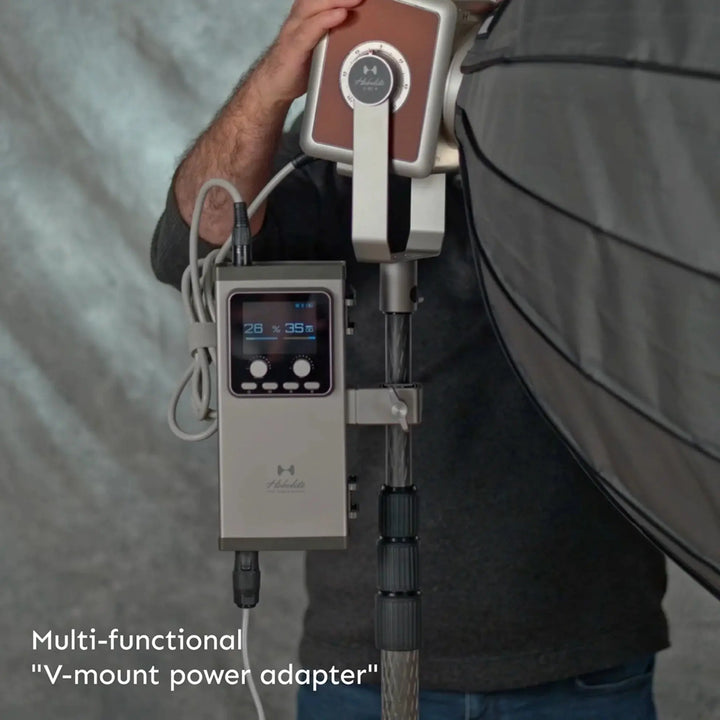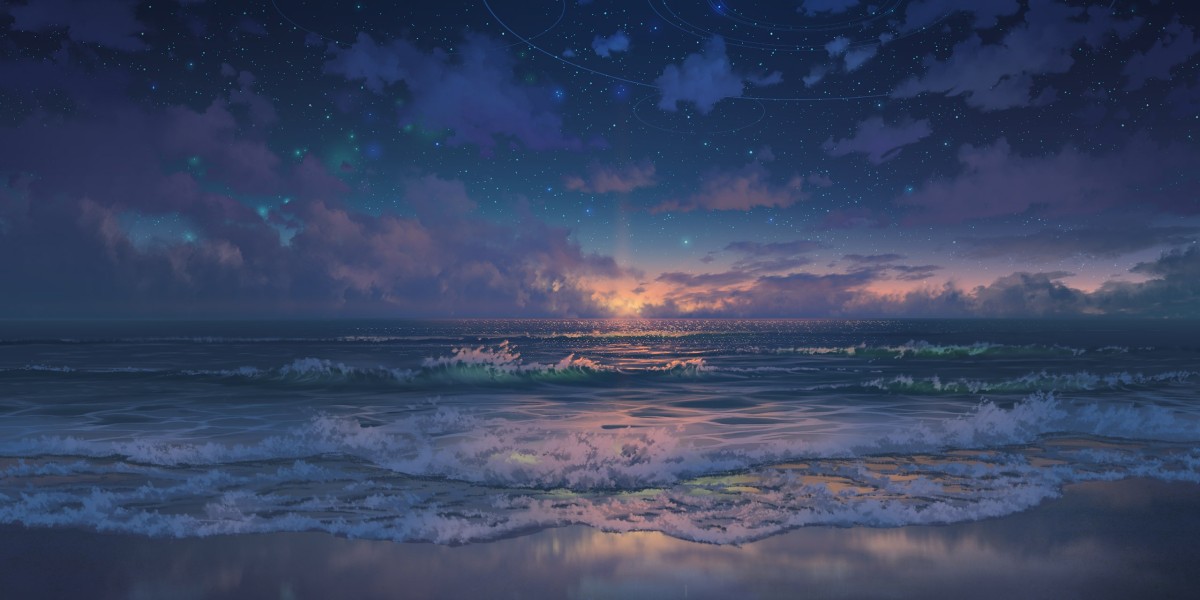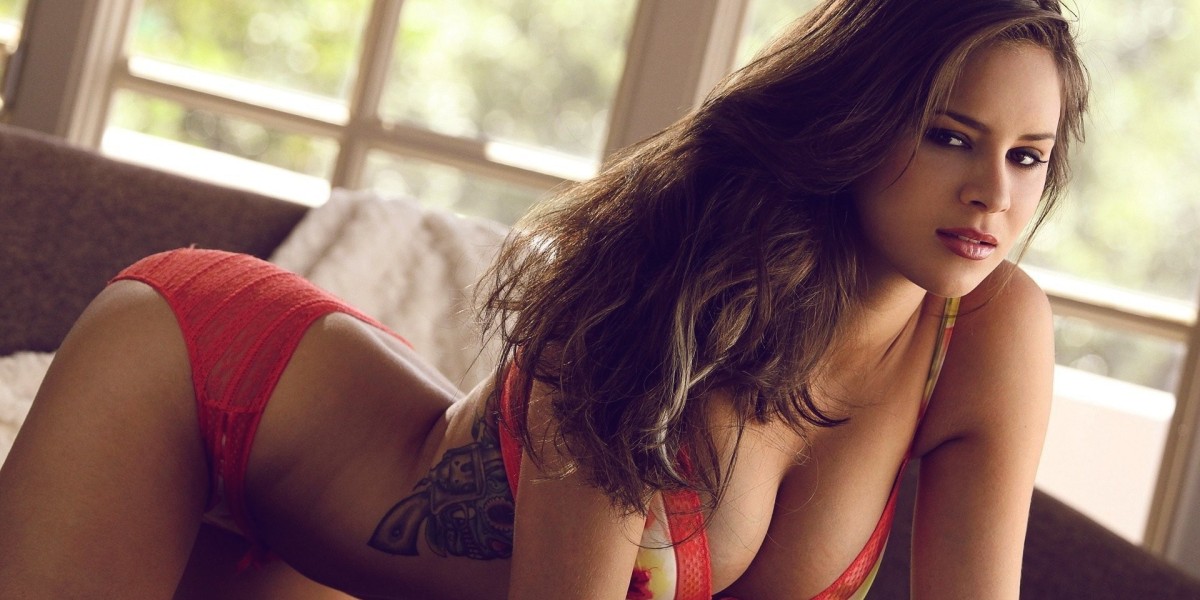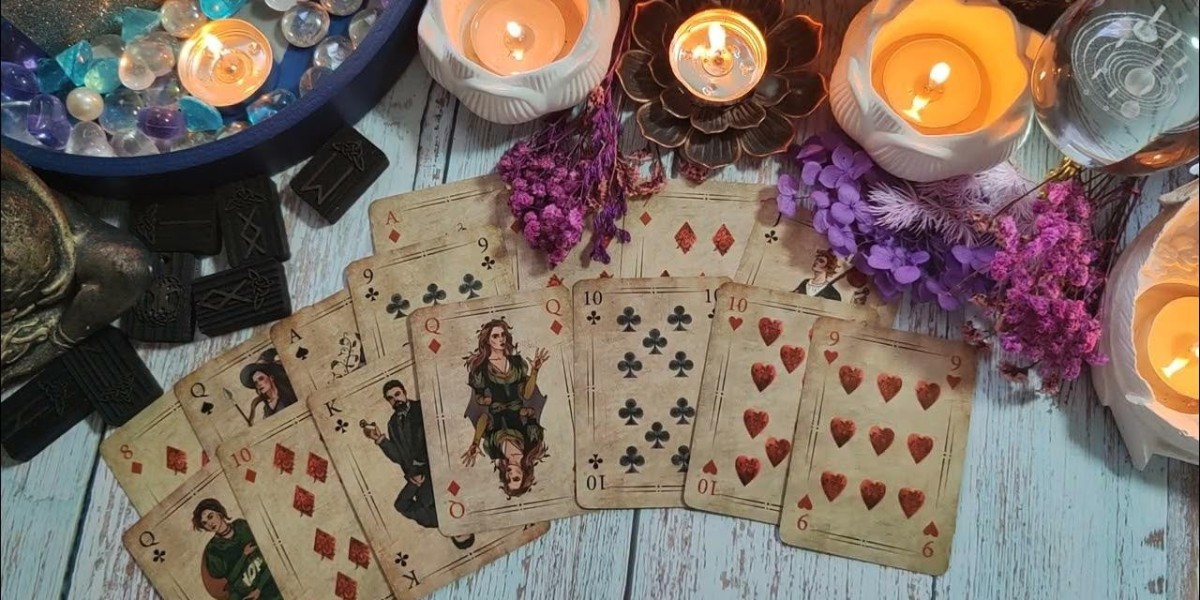Unlock the Secrets of Studio Lighting: Transform Your Photography Skills Today!
Studio lighting is one of the most crucial elements in photography, capable of transforming a simple image into a stunning work of art. The right lighting can enhance details, create mood, and bring out the best in your subjects, whether they are people, products, or scenery. As a photographer, understanding the significance of studio photography lights will not only improve your technical skills but also elevate your creative vision. In this article, we will explore the different types of studio photography lights available, their unique features, and practical tips on how to use them effectively. By the end, you'll have the knowledge you need to take your photography to the next level.

Understanding Studio Photography Lights
Studio photography lights are essential tools that help photographers achieve the desired exposure and mood in their images. Unlike natural light, which can be unpredictable, studio lighting is controllable and customizable, allowing you to create the perfect environment for your shoots. Lights can be adjusted in terms of intensity, direction, and color temperature, providing a range of creative possibilities. Moreover, the choice of lighting significantly impacts the final look of an image. For instance, soft light can produce flattering portraits, while harsh light can create dramatic shadows. Whether you’re shooting portraits, still life, or fashion, understanding studio photography lights is fundamental to mastering your craft.
Types of Studio Photography Lights
When exploring studio photography lights, you'll encounter several different types, each with its own unique features and uses. The three primary categories are continuous lights, strobe lights, and LED lights. Continuous lights provide a constant source of illumination, making it easy to see the effect on your subject in real-time. Strobe lights, on the other hand, emit short bursts of intense light, ideal for freezing motion and creating high-quality images. Lastly, LED lights have gained popularity for their energy efficiency and versatility, making them suitable for various photography applications. Each type of light has its advantages and ideal use cases, so understanding these differences is key to selecting the right lighting for your projects.
Continuous Lights
Continuous lights are a popular choice among both beginners and professionals due to their simplicity and effectiveness. They remain on at all times, allowing photographers to see how the light interacts with their subject. This feature is especially beneficial for those new to studio photography, as it helps in understanding how different angles and positions affect lighting. Continuous lights are versatile and can be used for different photography styles, from portrait sessions to product photography. Additionally, they are often less intimidating for those who are not accustomed to working with flash.
Strobe Lights
Strobe lights are powerful flashes that emit a high-intensity burst of light, which is ideal for capturing fast-moving subjects. These lights are commonly used in fashion and sports photography, where the photographer needs to freeze action and create sharp images. Strobe lights allow for significant control over exposure settings and can be used in tandem with various modifiers to shape the light. While they may require a bit of a learning curve, mastering strobe lighting can greatly enhance the quality of your photographs.
LED Lights
LED lights have revolutionized studio photography with their energy efficiency and versatility. They produce less heat than traditional lights, making them easier to work with during long shooting sessions. Additionally, LED lights often come with adjustable color temperatures, allowing photographers to match the lighting to the ambient conditions. Their compact size also means they are easy to transport, making them a favorite for on-location shoots. As a result, photographers can achieve consistent and high-quality lighting, whether in a studio or outdoors.
Features to Look for in Studio Photography Lights
When selecting studio photography lights, several key features should be taken into account. Color temperature is crucial, as it affects the mood and tone of your images. Look for lights that offer adjustable color temperatures to match your creative vision. Power output is another important feature; higher wattage usually means brighter light, but it’s also essential to consider how that light is diffused. Portability is a significant factor, especially for photographers who frequently travel or shoot on location. Lights that are lightweight and easy to set up can save valuable time and effort on shoots. Lastly, compatibility with various light modifiers, such as softboxes and umbrellas, can expand your creative options, allowing for greater control over the outcome of your images.
How to Use Studio Photography Lights Effectively
Using studio photography lights effectively requires a blend of technique and creativity. Start by positioning your lights to create the desired effect; for portrait photography, placing the main light at a 45-degree angle to your subject can yield flattering results. Modifying your light with softboxes or umbrellas can help diffuse harsh shadows and create a softer look. Balancing natural and artificial light is also important; when shooting in a space with windows, consider how the daylight interacts with your studio lights. Experimenting with different setups and lighting ratios will help you find the perfect balance for your photography style. Finally, don’t be afraid to try new techniques, as mastering studio lighting is an ongoing journey that evolves with your skills.
Mastering Studio Lighting Techniques
Understanding studio photography lights is essential for anyone looking to enhance their photography skills. From continuous lights to strobes and LEDs, each type of lighting offers unique benefits that can transform your images. By considering features such as color temperature, power output, and portability, you can make informed decisions that align with your creative vision. Remember, the key to mastering studio lighting lies in experimentation and practice. So, gather your lights, set up your studio, and start exploring the endless possibilities that studio photography lights can offer. The journey to becoming a great photographer begins with understanding how to harness the power of light.







